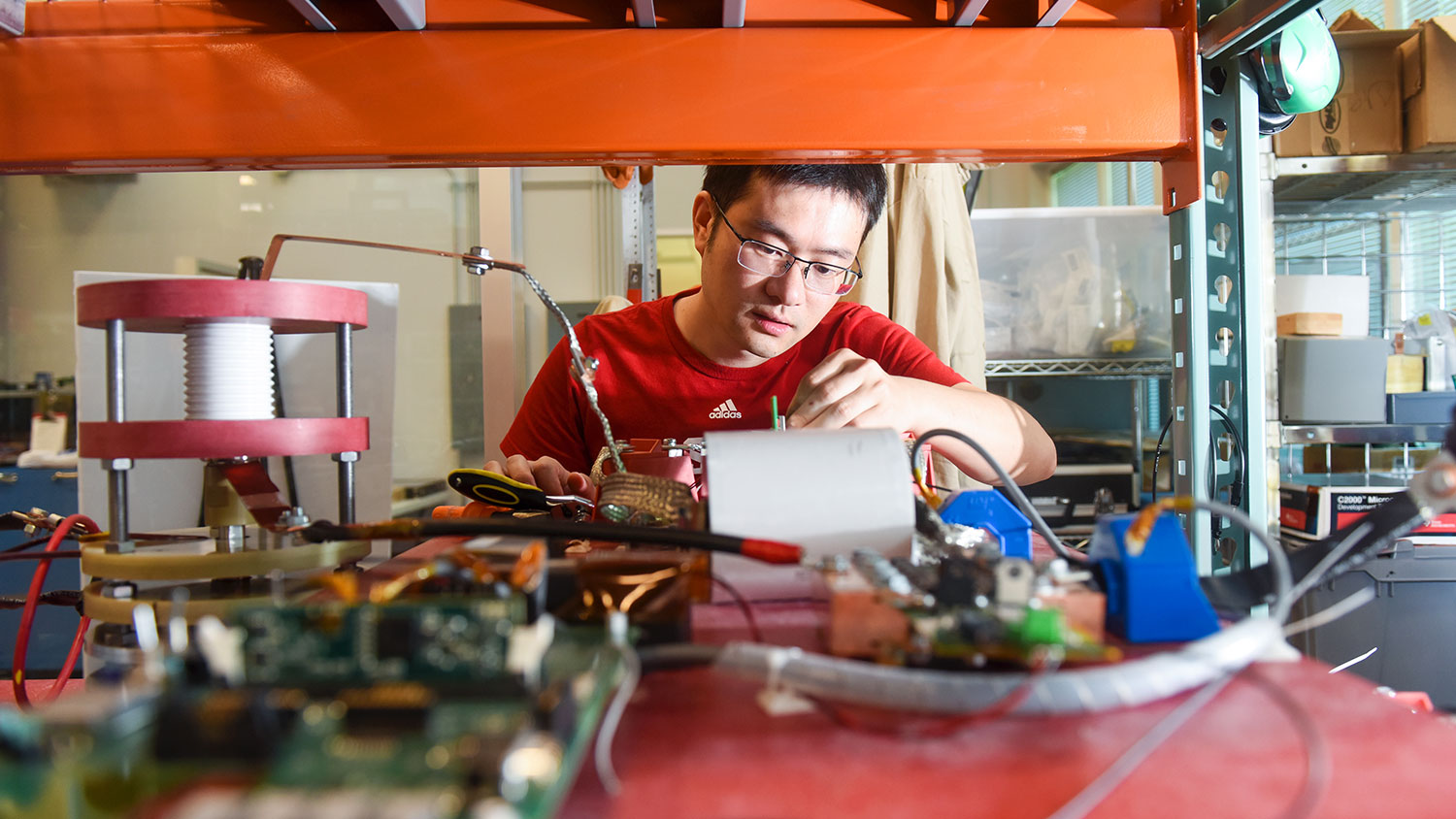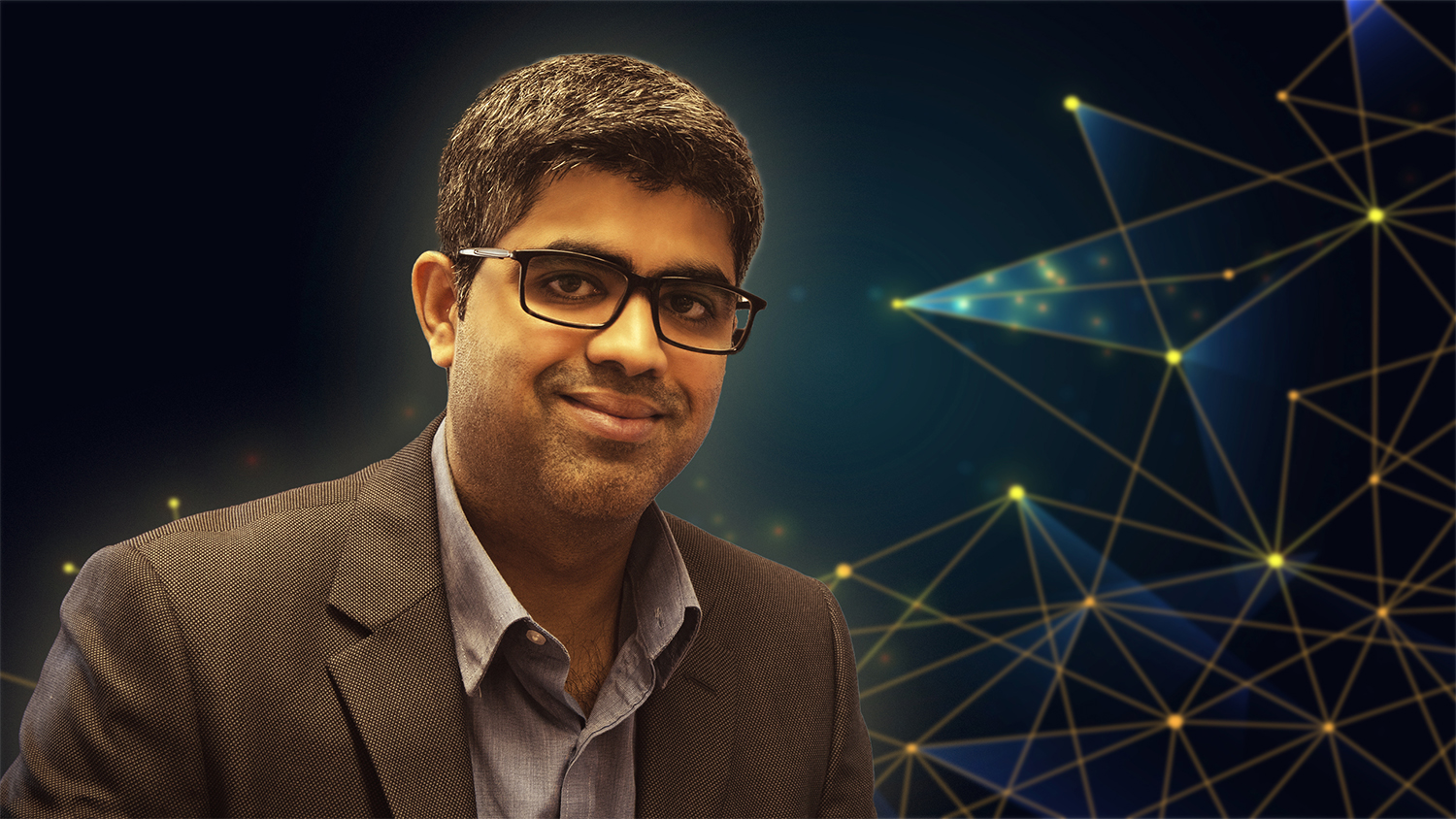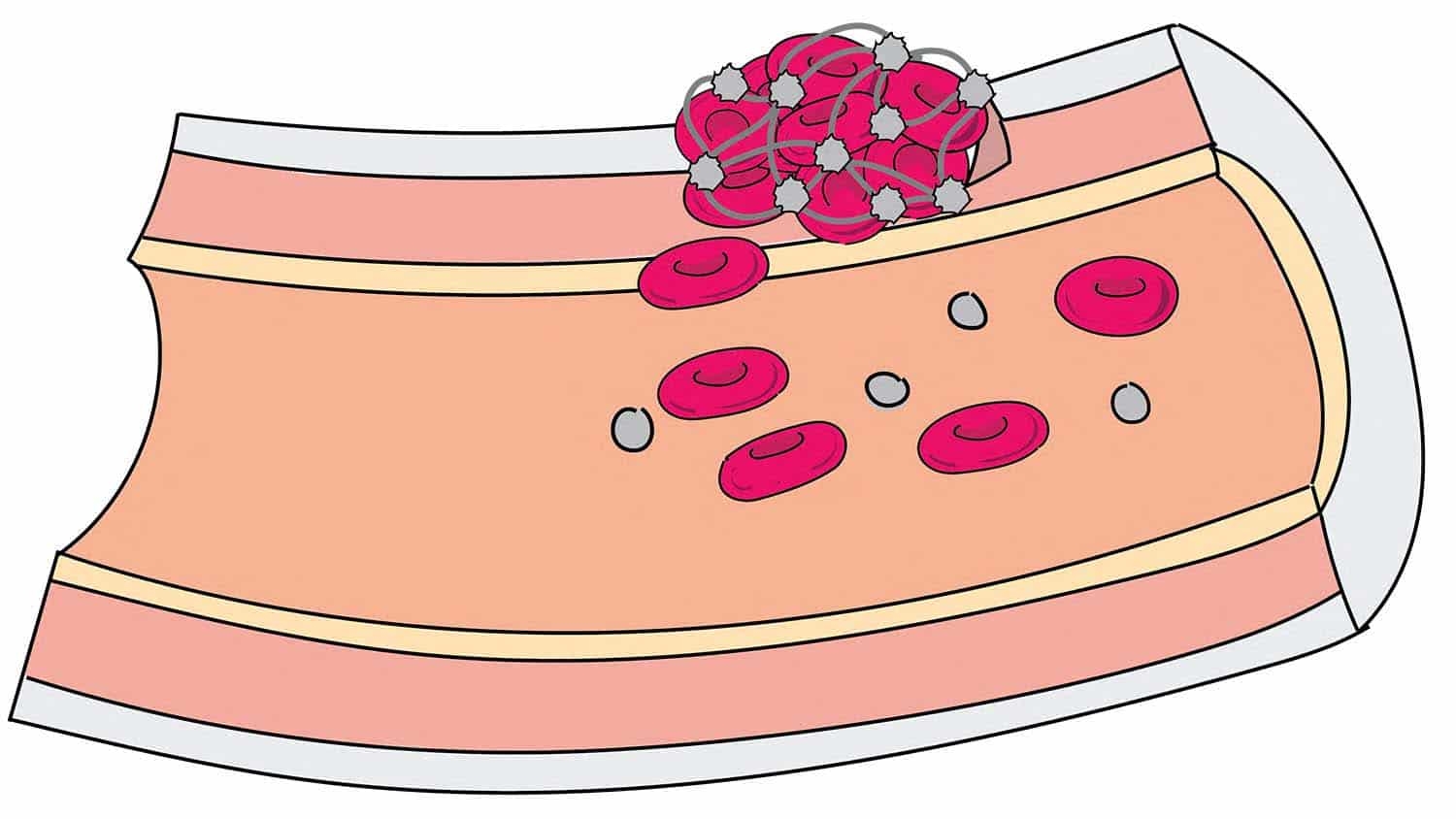NSF FREEDM Center marks 10 years with celebration

The National Science Foundation (NSF) Future Renewable Electric Energy Delivery and Management (FREEDM) Systems Center led by NC State is celebrating 10 years of work changing how we use, produce and transmit energy.
The NSF Engineering Research Center (ERC) was established in 2008 with a goal of developing next-generation smart grid technologies that enable bi-directional energy flow and integrate larger percentages of renewable energy sources into the national electric infrastructure. NSF based the FREEDM Center at NC State, which partners with Arizona State University, Florida A&M University, Florida State University and Missouri University of Science and Technology.
FREEDM will mark the 10-year anniversary Thursday evening, June 7, with a celebration reception and dinner at the Dorothy and Roy Park Alumni Center on NC State’s Centennial Campus. The event is part of the center’s annual conference, being held Thursday and Friday, June 7 and 8, at NC State’s McKimmon Center.
ERCs are funded for 10 years by NSF, based on satisfactory performances at annual site visits. FREEDM will continue operations with funding from research grants, fees from industry members and an endowment started with a gift from Duke Energy. FREEDM is also closely connected to PowerAmerica, a National Manufacturing Innovation Institute led by NC State that is furthering development and manufacturing of wide bandgap semiconductor-based power electronics.
In 2012, NSF established the Nanosystems Engineering Research Center for Advanced Self-Powered Systems of Integrated Sensors and Technologies (ASSIST) at NC State to guide work on wearable health-monitoring systems that are powered by the human body. With that, NC State became one of only two engineering schools in the country to lead two ERCs at once and one of only two schools to ever be awarded the lead role in three.
The center has spent the last decade developing a working FREEDM system and the technologies that underpin it: a solid-state transformer that allows bi-directional power flow and takes away the need to convert DC current to AC for home use, a more efficient fault-isolation device, and the controllers and algorithms that allow them to work together.
Whether deployed as a complete system or as independent components, these technologies are having a modernizing impact on the national electric grid.
Other related projects, including a silicon carbide-based high-performance medium-voltage fast charger for plug-in electric vehicles, have grown out of the center’s research.
“The research at FREEDM led to fundamental changes in how the industry thinks about grid modernization,” said Dr. Iqbal Husain, ABB Distinguished Professor in the Department of Electrical and Computer Engineering and the center’s director. “We’ve advanced the science and application of wide bandgap semiconductors through projects on medium voltage power electronic converters and high power electric vehicle inverter designs. We’re excited about what our next 10 years will bring.”
Visit https://www.freedm.ncsu.edu/event/fredm-annual-industry-conference for information on the annual conference and celebration reception and dinner.
- Categories:


